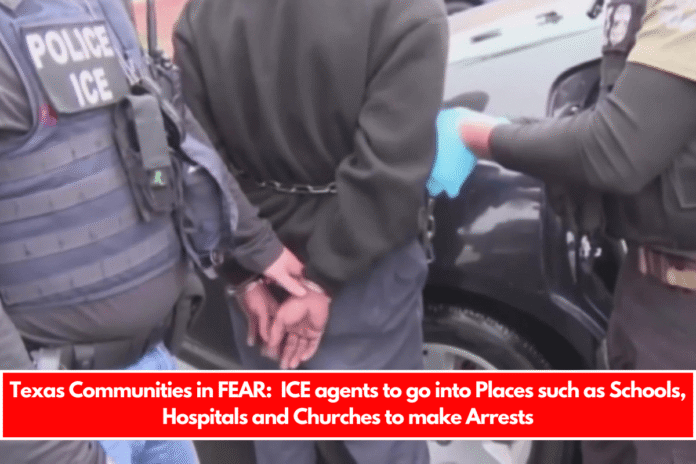By Pat Trevino, Cuero Online News
In a summer marked by heat advisories and political hardball, Texans might have missed a quiet but consequential shift in how law enforcement power is being centralized—and who it’s being aimed at.
On August 29, U.S. Immigration and Customs Enforcement (ICE) quietly reactivated a $2 million contract with Paragon Solutions, a controversial spyware vendor previously suspended under a Biden-era executive order. The company’s flagship tool, Graphite, can infiltrate phones, read encrypted messages, and track targets without their knowledge. It’s the same spyware that was found on the devices of Italian journalists, migrant advocates, and even associates of Pope Francis.
Paragon, once based in Israel, was bought last year by AE Industrial Partners, a U.S. investment firm that also owns REDLattice—a cyber intelligence company stacked with former CIA officials. That ownership shift may have technically satisfied federal restrictions, but it hasn’t satisfied civil liberties advocates. Senator Ron Wyden (D-Oregon) called the move “extremely concerning,” warning that ICE could use Paragon’s tools to “further trample on the rights of Americans and anyone who Donald Trump labels as an enemy.”
Here in Texas, the implications are even more direct.
Governor Greg Abbott has recently pushed for centralized control over radio interoperability purchases—those systems that allow sheriffs, police, and emergency responders to communicate across jurisdictions. While framed as a public safety upgrade, critics argue it’s part of a broader effort to consolidate state oversight of local law enforcement. When paired with Senate Bill 8, which now requires most Texas sheriffs to cooperate with ICE, the picture becomes clearer: rural counties are being wired into a surveillance and enforcement network that’s increasingly federalized, increasingly opaque, and increasingly aimed at immigrants.
Sheriffs in 234 of Texas’s 254 counties are now expected to check immigration status, hold inmates for ICE pickup, and share data with federal systems. That includes counties like DeWitt, where local jails could become de facto immigration hubs—without public debate, without clear oversight, and without guarantees that citizens won’t get swept up in the dragnet.
And that’s the heart of the issue: Who decides what counts as a threat?
While ICE and state officials pour millions into surveillance tools aimed at undocumented immigrants, the real and rising threat of white supremacist violence continues to erupt in our schools, churches, and neighborhoods. Just weeks ago, a gunman opened fire at Annunciation Catholic School in Minneapolis, killing two children and injuring 17 others. The shooter, Robin Westman, was a 23-year-old white man radicalized online. His weapons were scrawled with anti-Catholic, anti-Jewish, and anti-democracy messages. The FBI called it domestic terrorism.
This wasn’t an undocumented immigrant. This was a homegrown extremist, legally armed, driven by hate, and enabled by silence.
And yet, our surveillance dollars are chasing cooks, caregivers, and construction workers—while the real threats walk freely among us.
If the Governor succeeds in centralizing radio control, and if ICE continues deploying spyware like Graphite, rural communities could find themselves under a level of scrutiny once reserved for foreign adversaries. The tools are already in place. The partnerships are already signed. All that’s left is the political will to expand the definition of “threat.”
So, we ask again: Who decides?
Is it the migrant mother seeking asylum? Or the young man stockpiling weapons and fantasizing about mass murder?
Is it the undocumented roofer working in 110-degree heat? Or the shooter who livestreams his manifesto and walks into a church with a tactical belt?
If our leaders are serious about protecting Texans, they need to stop chasing shadows and start confronting the real danger: homegrown extremism, fueled by hate and cloaked in legitimacy.
Until then, rural Texans should pay close attention—not just to who’s being watched, but to who’s doing the watching.
Also Read: The Threat We Ignore: Why Texas Must Refocus on Domestic Extremism – The Voice of Cuero,Texas


